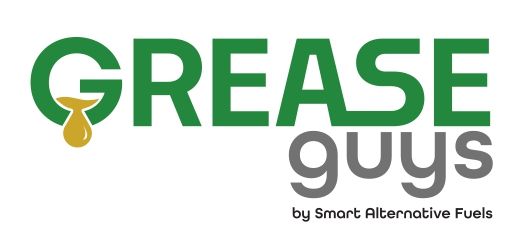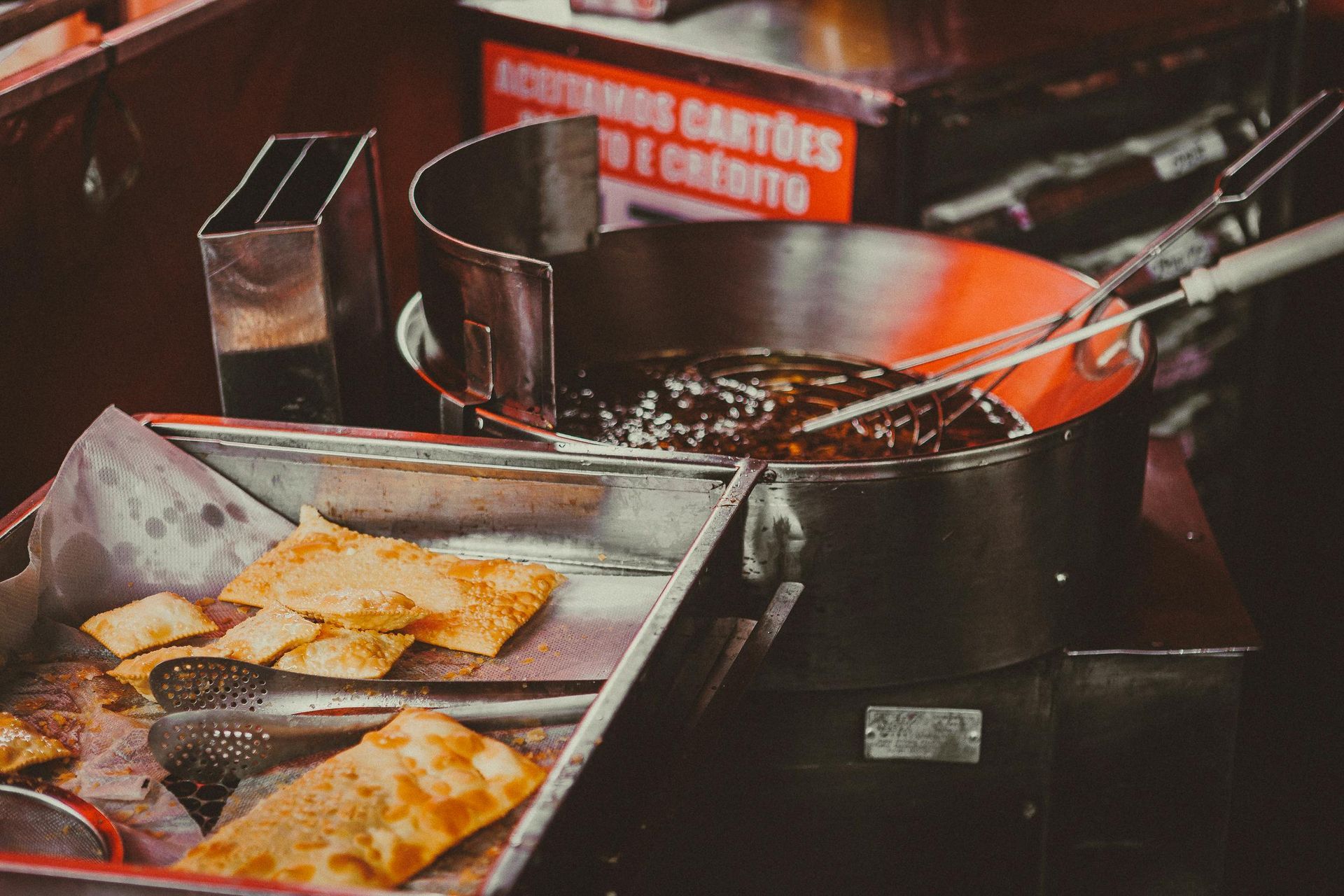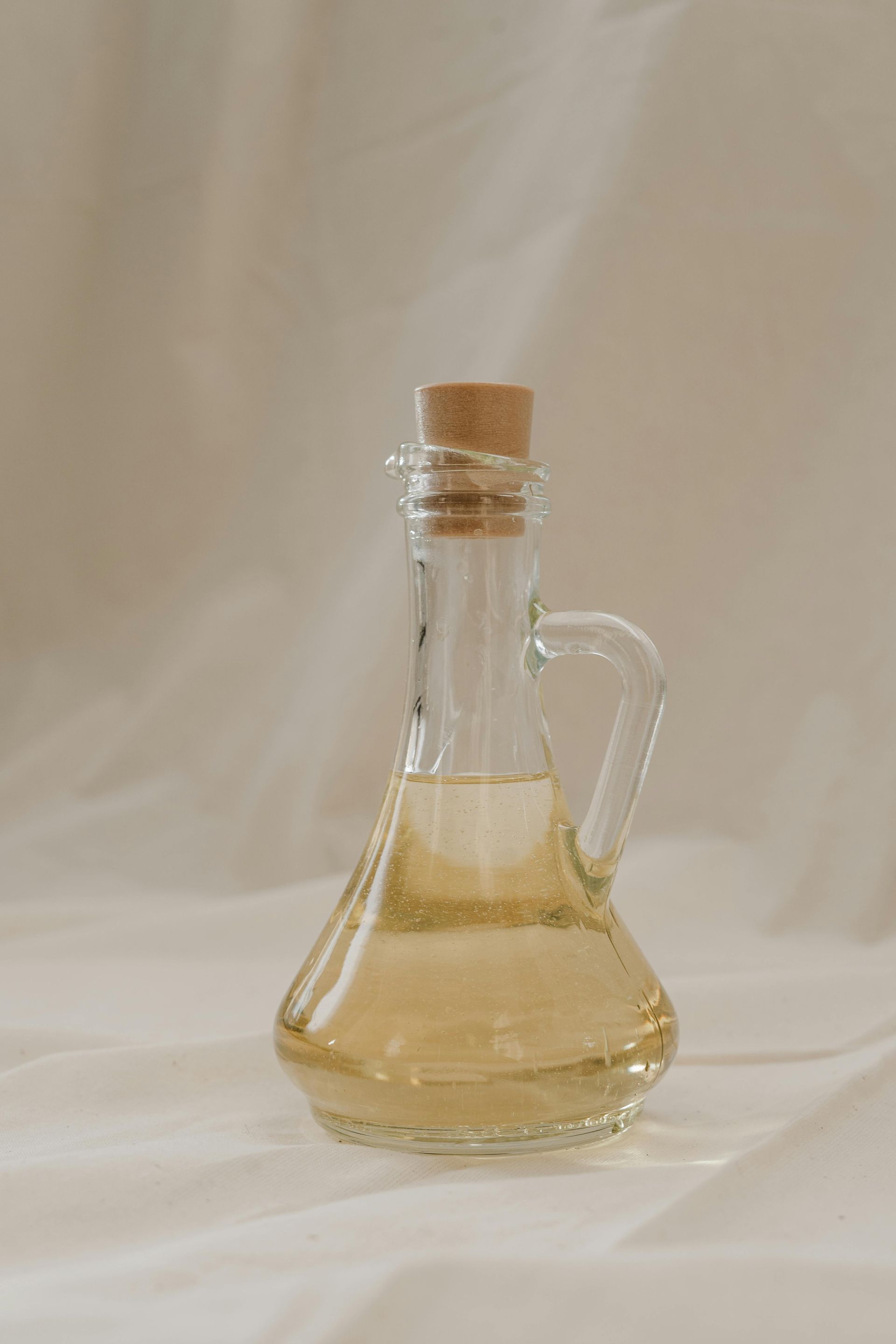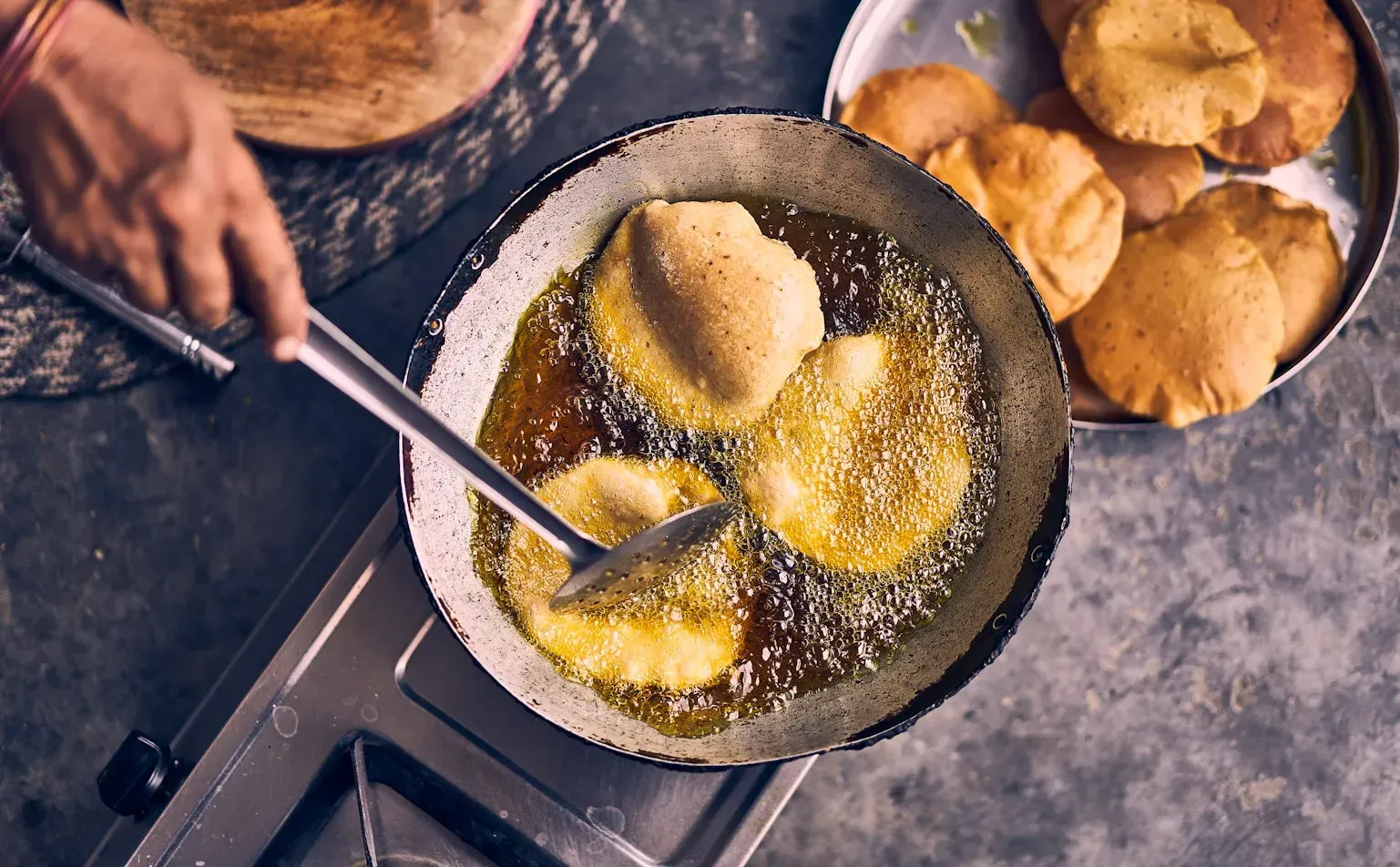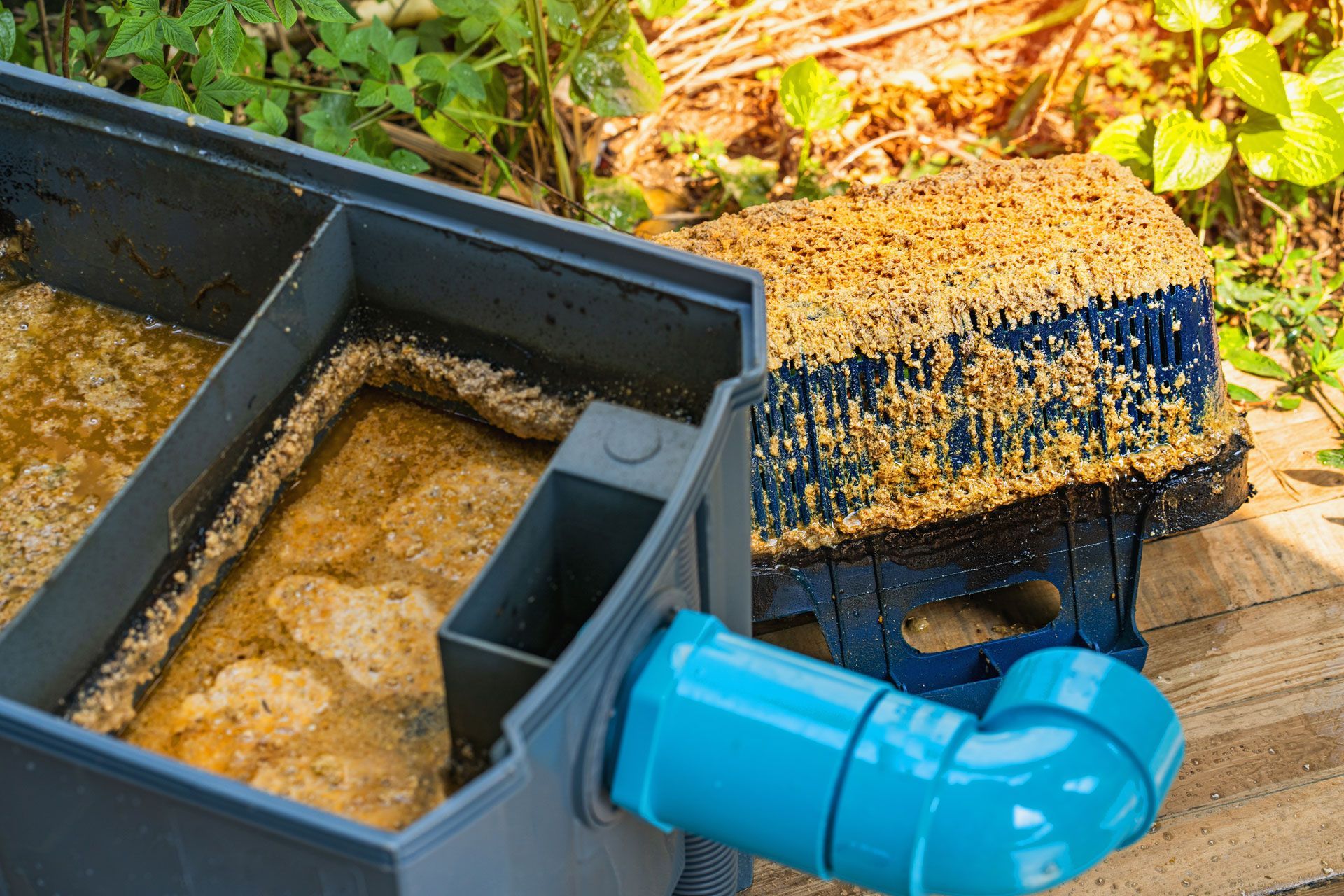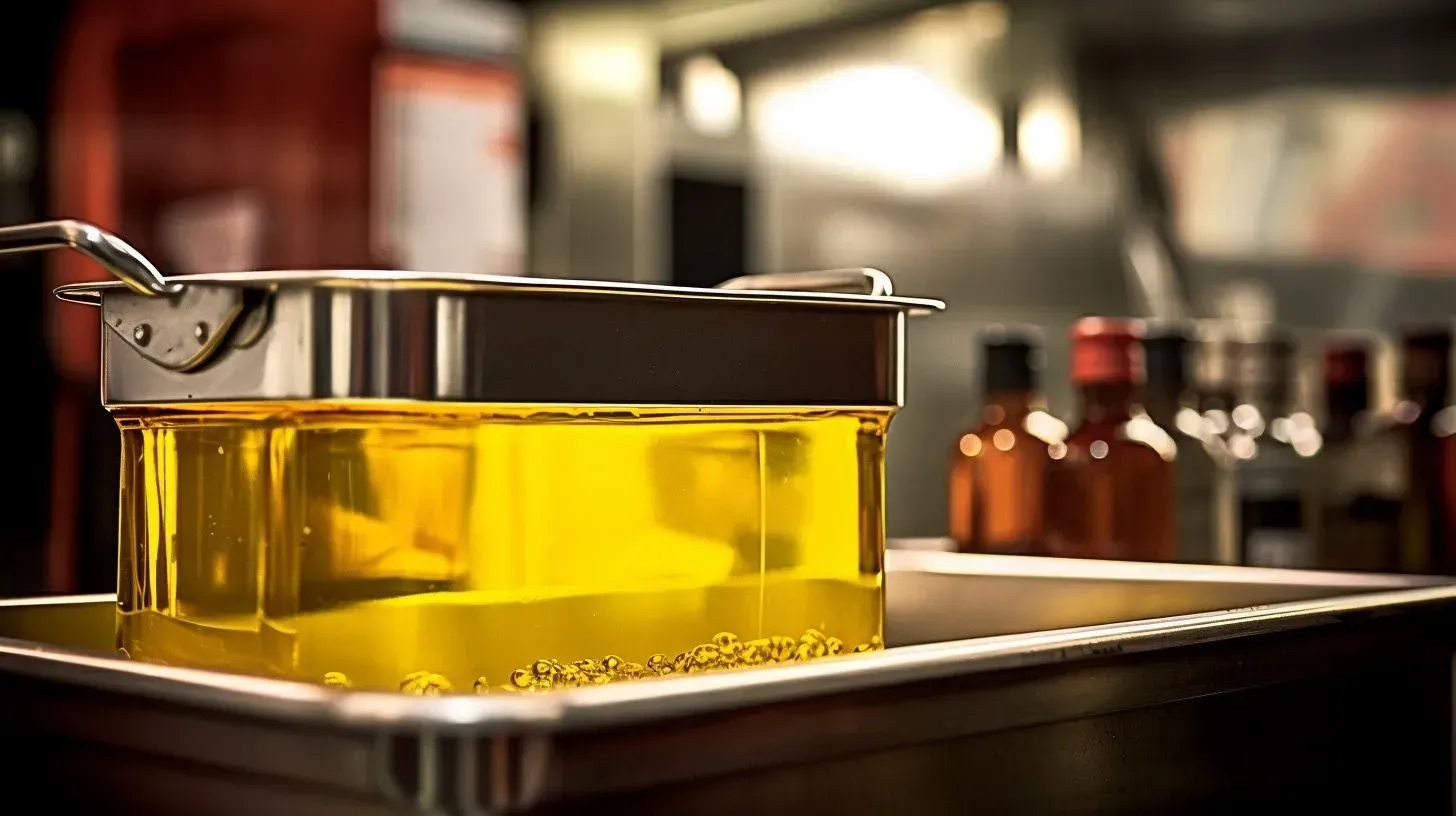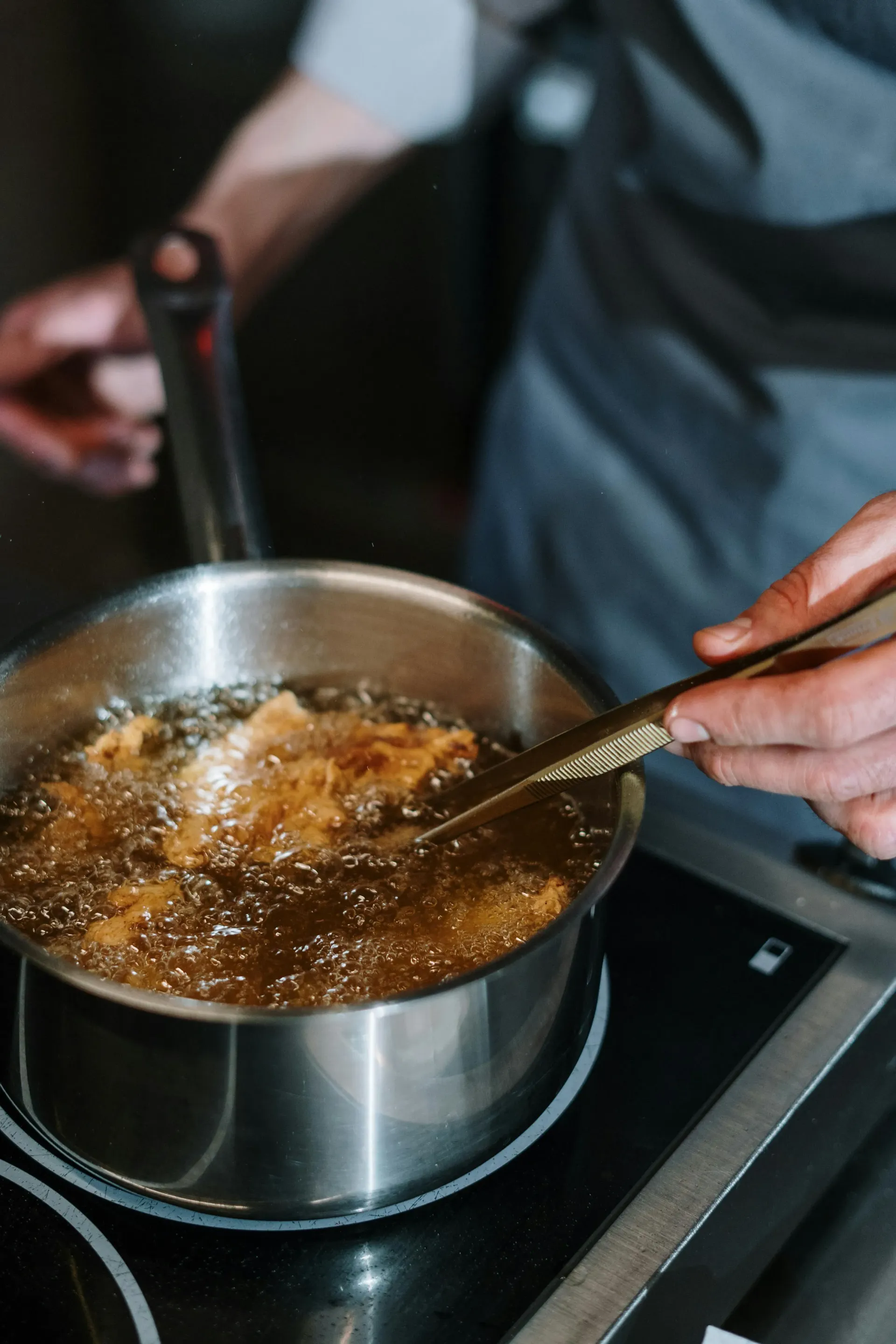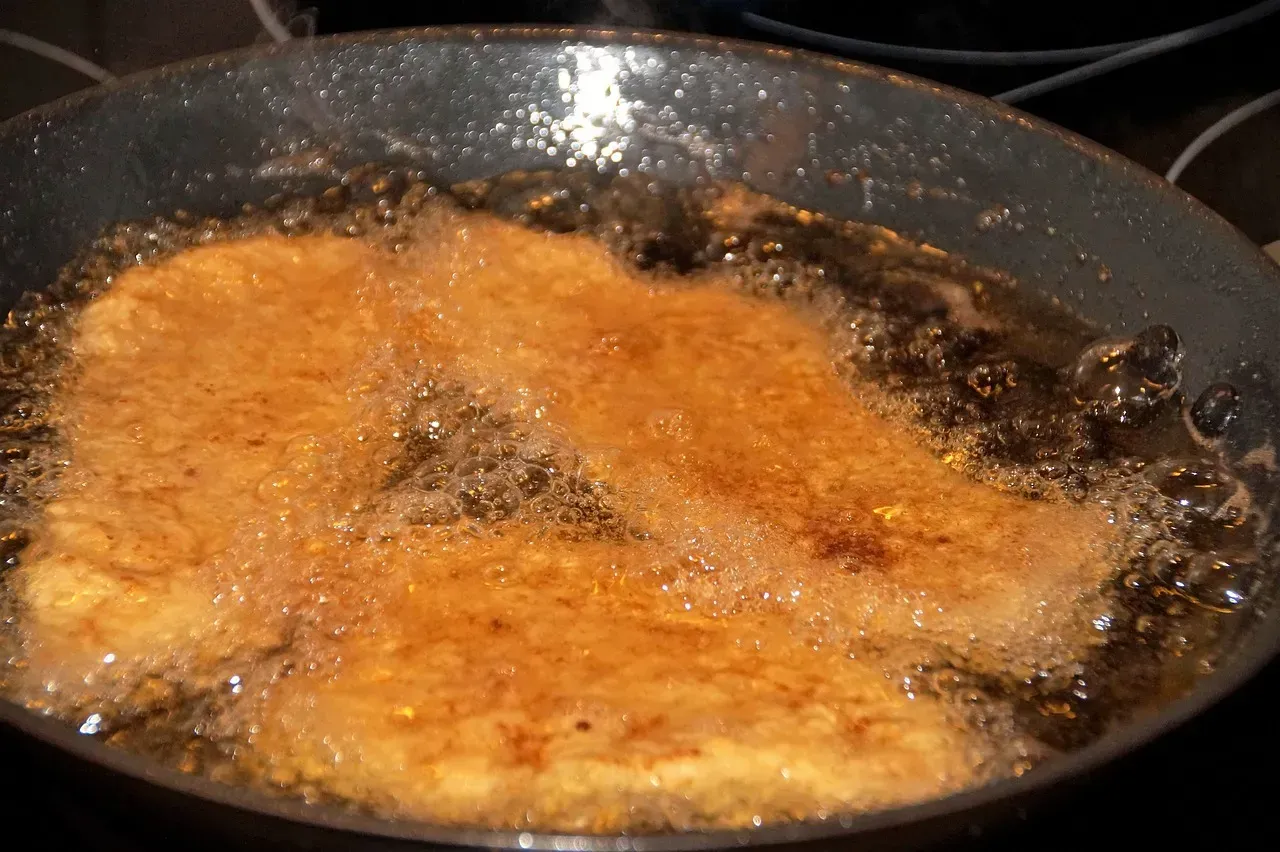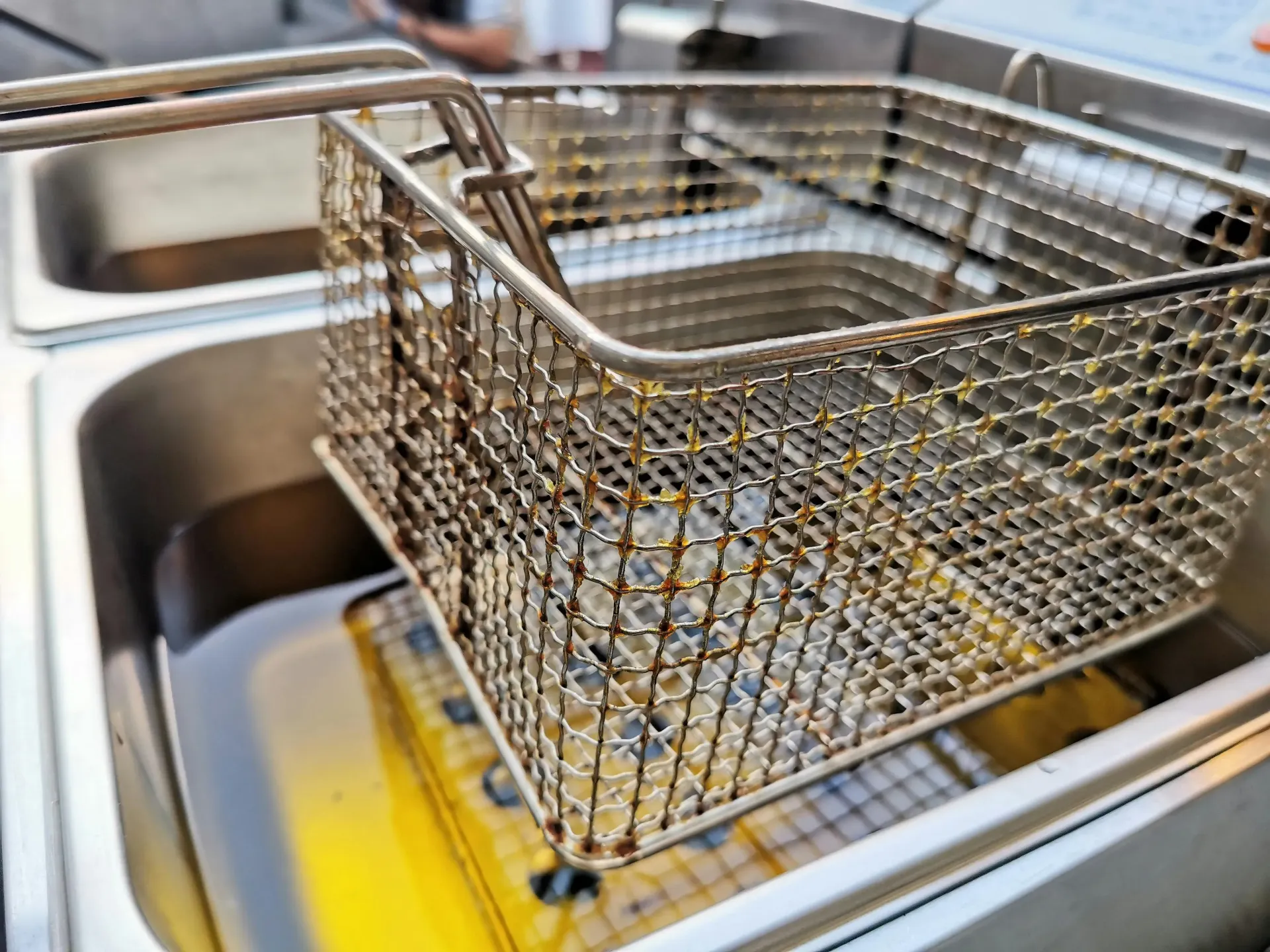Understanding Grease Traps: A Comprehensive Guide
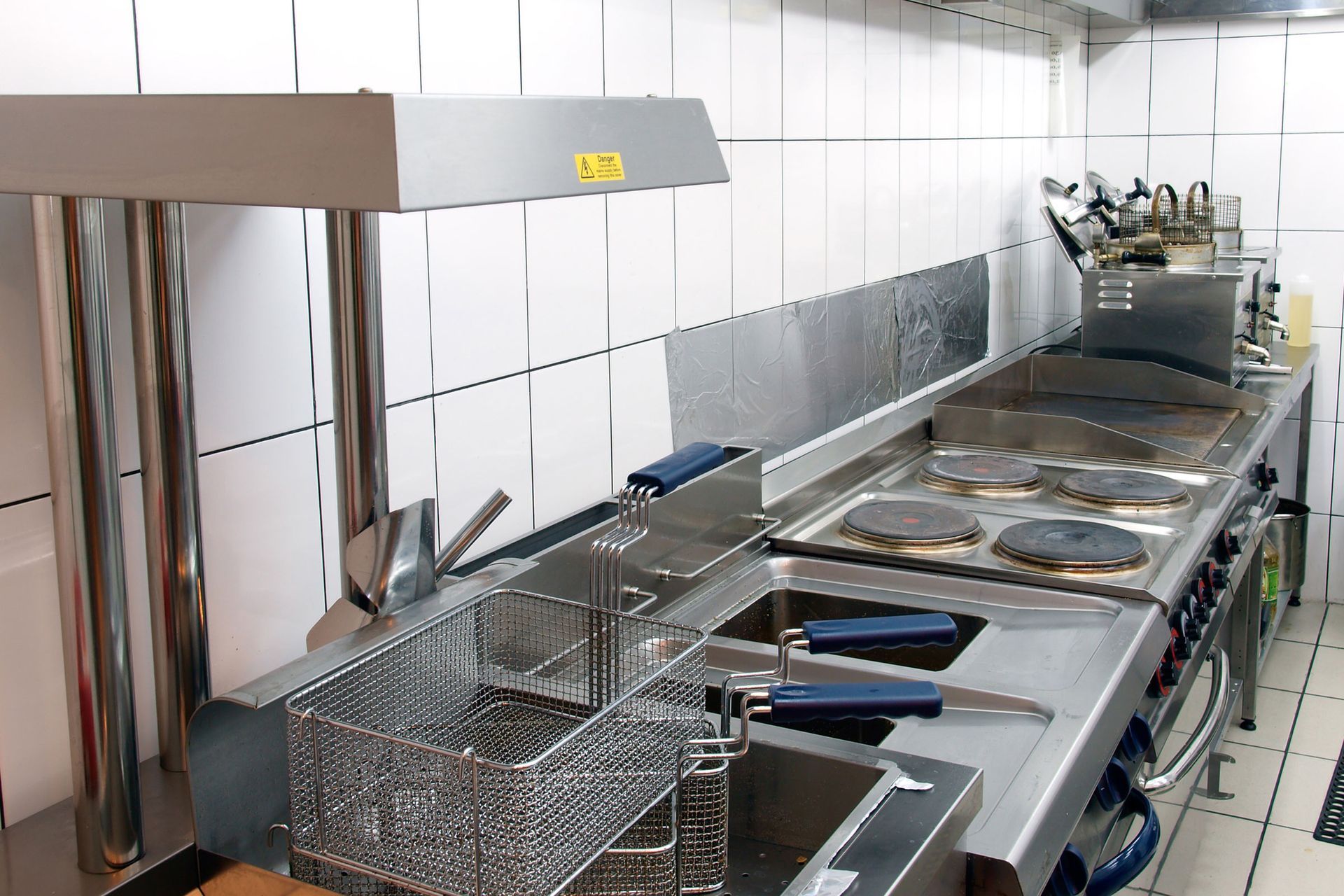
Grease traps are essential for any commercial kitchen. They capture fats, oils, and grease (FOG) from wastewater.
This prevents plumbing issues and keeps sewer lines clear.
Without them, restaurants could face severe blockages and expensive repairs.
In this guide, we'll dive into everything you need to know about grease traps and the ultimate guide to grease management.
From what they are to how they work and why they're necessary. We'll also cover maintenance tips and regulatory requirements.
Let's get started.
What is a Grease Trap?
A grease trap is a device installed in commercial kitchens to capture FOG before it enters the wastewater system. It intercepts greasy substances, preventing them from clogging pipes and causing sewer backups. Grease traps are vital in maintaining a clean and efficient kitchen environment.
Types of Grease Traps
- Passive Grease Traps: Smaller, often used in small businesses. They need regular cleaning.
- Automatic Grease Removal Units (AGRUs): More advanced, with automatic cleaning mechanisms. Ideal for larger establishments.
Environmental Benefits: Using grease traps helps reduce environmental pollution. They prevent grease from reaching water bodies, thus protecting aquatic life.
How Does a Grease Trap Work?
Grease traps work through gravity. As wastewater flows through the trap, it slows down. Fats, oils, and grease float to the top. Heavier food particles sink to the bottom. This separation keeps grease from entering the sewer system.
Process Breakdown
- Inlet Pipe: Wastewater enters the grease trap.
- Flow Control Device: Slows down the water flow.
- Separation Chamber: Grease rises to the top, solids sink.
- Baffle: Keeps grease and solids separated.
- Outlet Pipe: Cleaned water exits to the sewer.
Why It Matters: Preventing grease from entering pipes protects plumbing and reduces maintenance costs. It also helps comply with local regulations for commercial kitchens.
Do I Need a Grease Trap?
If you run a commercial kitchen, a grease interceptor is likely required. Local regulations often mandate them to prevent plumbing issues and environmental harm. Not having one can lead to fines, business interruptions, and issues with drainage.
Regulations
- Most cities have specific grease trap regulations for commercial establishments.
- Check local codes to ensure compliance.
- Regular inspections may be required.
Cost Considerations
- Installation: Costs vary based on size and type. Small units are cheaper but need more frequent cleaning.
- Maintenance: Regular cleaning is essential. Factor in costs for professional grease trap cleaning services.
Signs Your Grease Trap Needs Pumping
Knowing when your grease trap needs pumping is crucial for managing the amount of grease. Ignoring the signs can lead to costly problems.
Common Indicators
- Slow Drains: Water drains slower than usual.
- Foul Odors: Bad smells coming from your drains, grease trap, or sewer pipes.
- Overflowing Trap: Visible grease or solids at the top of the trap.
Regular Checks: Inspect your grease trap regularly. Look for these signs and address them promptly.
Professional Help: If you're unsure, hire professional grease interceptor repair services. They can assess and maintain your trap effectively.
How to Install a Grease Trap
Proper installation is key. Follow these steps from the ultimate guide for a successful setup.
Installing a Grease Trap
- Choose the Right Size: Refer to a guide for cleaning grease traps and a grease trap capacity and sizing guide.
- Pick a Location: Install it close to the kitchen sink or dishwasher.
- Prepare the Area: Ensure easy access for maintenance.
- Install Inlet and Outlet Pipes: Connect to your plumbing system.
- Seal Joints in Grease Interceptors: Prevent leaks by sealing all connections.
Professional Installation: Consider hiring experts for the job. It ensures compliance with local codes and avoids potential issues.
Cost of Grease Trap Installation and Maintenance
Understanding costs helps in budgeting.
Installation Costs
- Varies by Size: Small units are cheaper, large units cost more.
- Type Matters: Passive traps cost less than automatic units.
Maintenance Costs
- Regular Cleaning: Essential to prevent issues. DIY maintenance tips can save money.
- Professional Services: Best grease trap cleaning services near me can provide regular maintenance.
Grease Trap Capacity and Sizing Guide
Choosing the right size ensures efficiency.
Factors to Consider
- Kitchen Size: Larger kitchens need bigger traps.
- Usage Frequency: High-use kitchens require larger capacity.
- Regulations: Follow local codes for sizing.
Guide
- Small Kitchens: 20-50 gallons per minute (GPM).
- Medium Kitchens and Grease Interceptors: 50-100 GPM is the standard flow rate for grease traps in commercial kitchens.
- Large Kitchens: 100+ GPM.
Environmental Impact of Grease Traps
Grease traps help protect the environment.
Benefits
- Reduces Pollution: Keeps FOG out of water bodies.
- Protects Wildlife: Proper maintenance of grease traps prevents harm to aquatic life.
- Sustainability: Encourages responsible waste management. Innovative technologies in grease trap design enhance efficiency.
Conclusion
Understanding and maintaining grease traps is essential for any commercial kitchen. They prevent plumbing issues, comply with regulations, and offer environmental benefits. Regular maintenance and proper installation ensure they function efficiently. Follow the guidelines in this blog to keep your kitchen running smoothly and avoid costly repairs.
Call to Action
Choose Grease Guys for all your kitchen maintenance needs in Washington. We offer grease trap cleaning, oil collection, and pumping services, ensuring your kitchen stays in top condition. Our services are available in Washington, Spokane, and Sand Point. Experience professional and reliable solutions with a focus on sustainability. Contact Grease Guys today and keep your kitchen clean and efficient!
Frequently Asked Questions
How often should a grease trap be emptied?
Grease traps should be emptied every 1-3 months, depending on the kitchen's usage and the trap's capacity. High-volume kitchens might need more frequent cleanings to prevent clogs and foul odors. Regular maintenance is crucial to ensure the trap functions properly and complies with local grease trap regulations for commercial establishments.
What are common issues with grease traps?
Common issues include clogs, foul odors, and overflowing traps. Clogs usually occur when the trap is not emptied regularly, causing grease and food particles to build up. Addressing these issues promptly can prevent more serious plumbing problems and maintain compliance with safety procedures for handling grease trap waste.
Are there new technologies in grease trap design?
Yes, new technologies include automatic grease removal units (AGRUs) which clean themselves automatically, reducing the need for manual maintenance. These units are particularly beneficial for high-volume kitchens and can significantly improve efficiency. Innovative technologies in grease trap design continue to evolve, offering more effective solutions for commercial kitchens.
What are safety procedures for handling grease trap waste?
Always wear protective gear, such as gloves and eye protection, when handling grease trap waste. Ensure the waste is disposed of according to local regulations to prevent environmental contamination. Following proper safety procedures for handling grease trap waste helps protect both staff and the environment.
How to install a grease trap in a restaurant kitchen?
First, choose the right size using a grease trap capacity and sizing guide. Install it close to the kitchen sink or dishwasher for maximum efficiency. For best results, consider hiring a professional to ensure compliance with local codes and to avoid potential installation issues.
